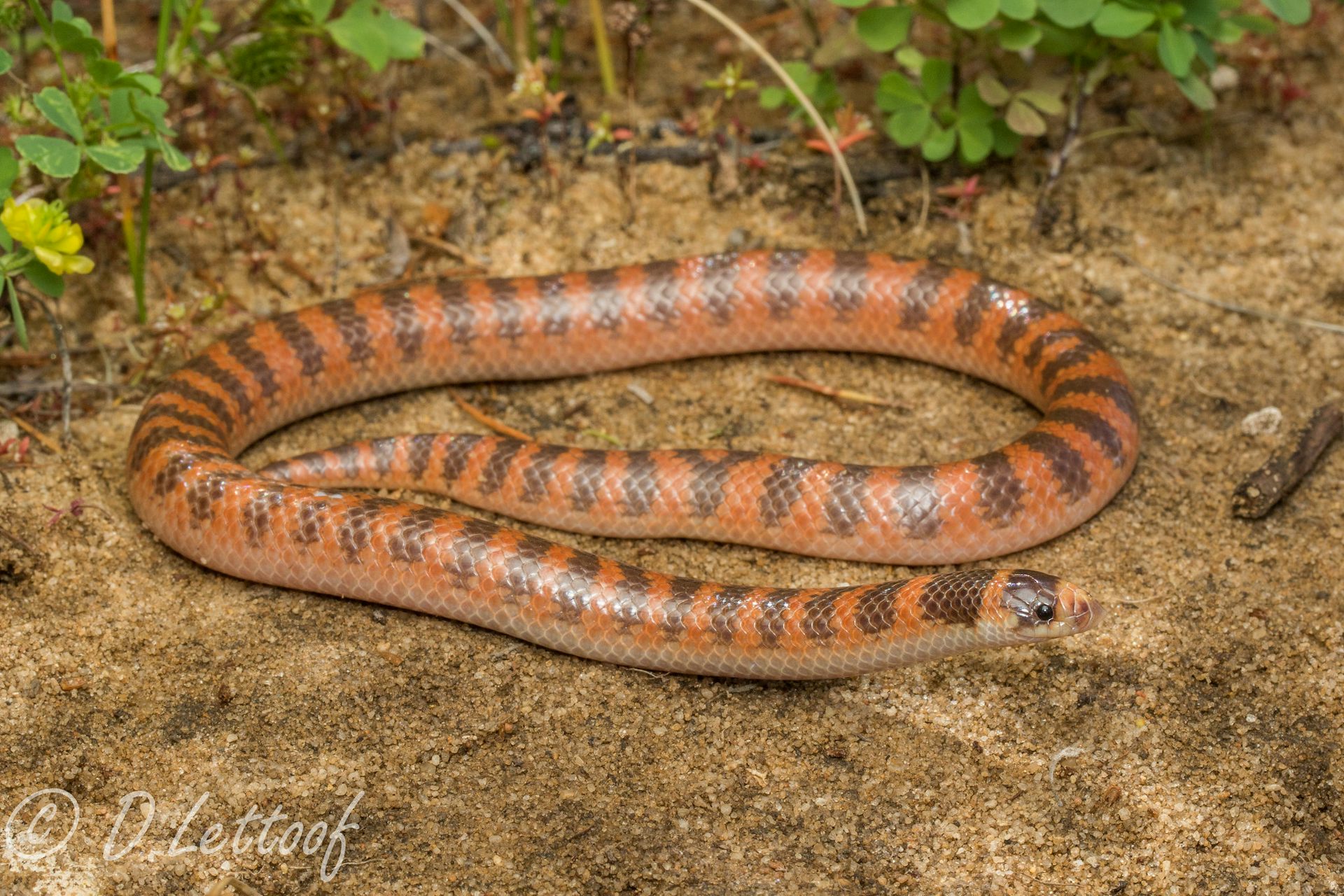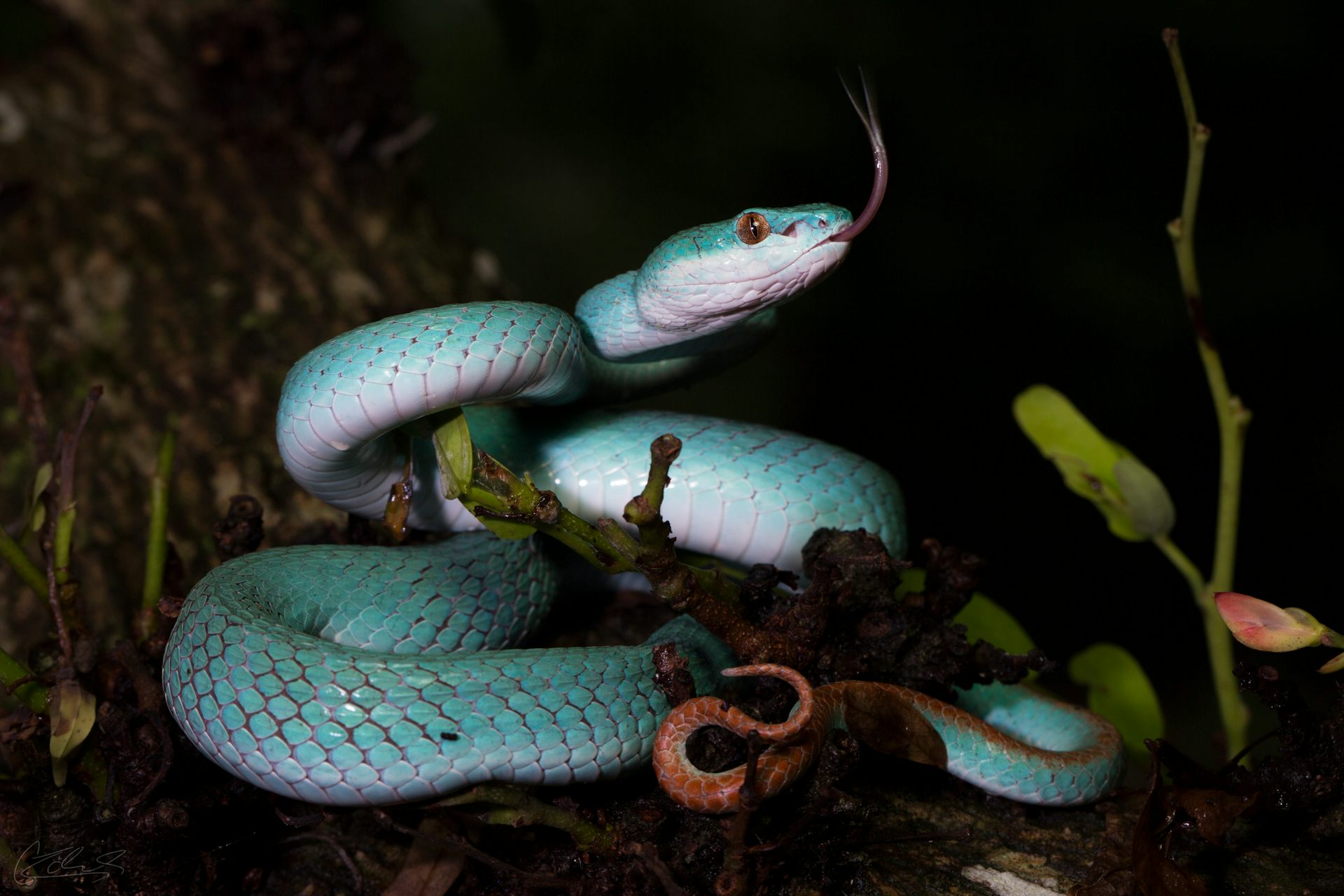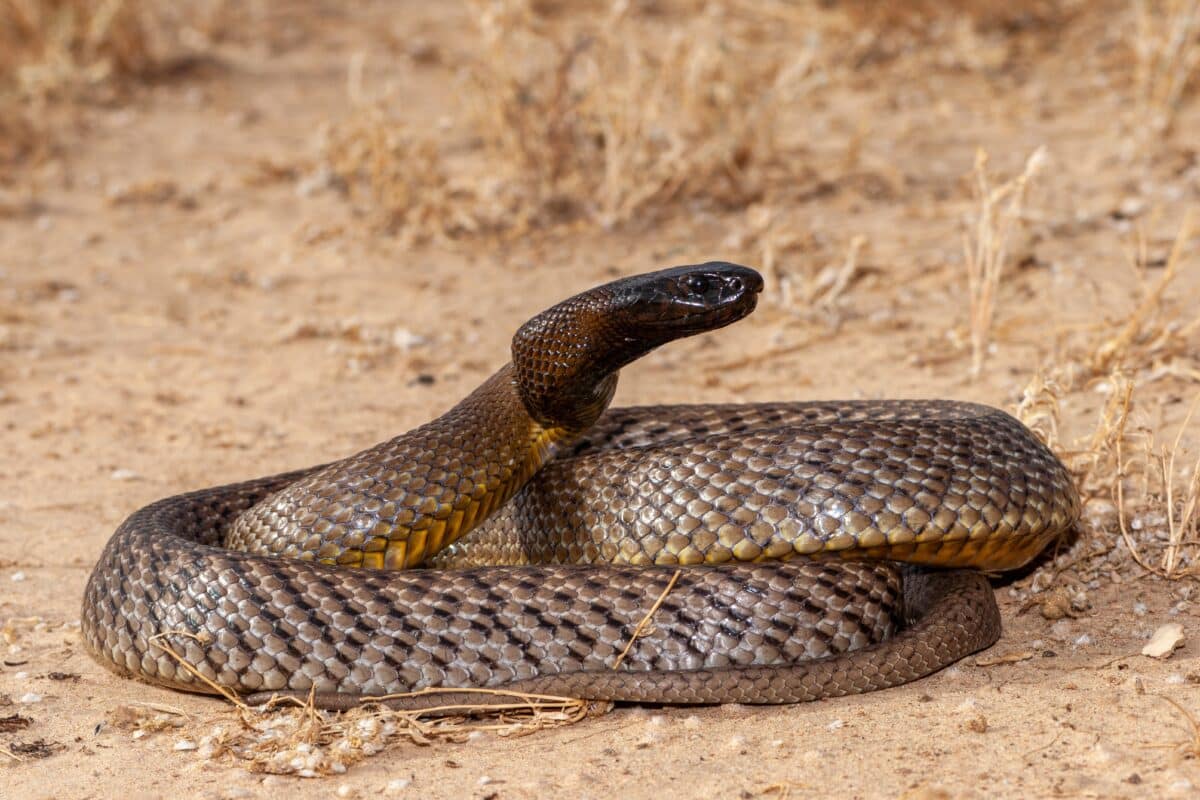Introduction
Australia, a land of diverse wildlife, is home to numerous remarkable creatures, consisting of serpents that can motivate both admiration and concern. Among these snakes is the tiger serpent, understood for its striking look and track record as a venomous predator. As a result, one inquiry frequently emerges: Are tiger snakes venomous? This write-up will look into the misconceptions and truths surrounding tiger serpents, their habitat, habits, medical ramifications of their attacks, and much more.
Are Tiger Snakes Venomous?
When it involves the question of whether tiger serpents are venomous, the answer is an unquestionable yes. Tiger snakes (Notechis scutatus) are certainly poisonous and rank among the most dangerous serpents in Australia. Their venom has powerful neurotoxins that can lead to paralysis and also fatality if not treated immediately.
While deaths from tiger serpent bites have actually become much less usual as a result of improvements in medical treatment and antivenom availability, this does not lessen the need for caution when coming across these reptiles. The potential impacts of a tiger serpent Preventing snake bites Australia bite include serious pain at the site of the bite, swelling, queasiness, trouble breathing, and neurological symptoms such as weakness or paralysis.

Types of Tiger Snakes
In Australia, there are a number of identified subspecies of tiger snakes:
- Eastern Tiger Serpent (Notechis scutatus): Found primarily in southeastern Australia. Tasmanian Tiger Serpent (Notechis scutatus): A subspecies discovered just in Tasmania. Black Tiger Snake: Recognized for its darker coloration.
Each of these varieties has variations in dimension and behavior but shares comparable venom characteristics.
The Environment of Tiger Snakes
Where Do They Live?
Tiger snakes are adaptable creatures found throughout different environments throughout Australia. They generally populate coastal areas yet can likewise be located in wetlands, swamps, riversides, and woodlands. Their choice for moisture-rich environments makes them proficient swimmers; thus they thrive near water bodies like lakes or marshes.
Geographical Distribution
- Southeastern Coast: Home to Eastern tiger snakes. Tasmania: Controlled by Tasmanian tiger snakes. Northern Regions: Where you might encounter much less frequently seen variants.
Habitat Preferences
Tiger serpents prefer locations with plentiful cover where they can conceal from killers while searching for victim. They frequently search small creatures, frogs, birds, and also fish-- making them flexible hunters within their eco-friendly niche.
The Composition of a Tiger Snake
Physical Characteristics
Tiger snakes possess distinctive physical traits that separate them from various other Australian reptiles:
- Coloration: Generally grouped with yellow or light stripes on a dark background. Size: They can mature to 2 meters long; however, ordinary sizes range between 1.2 to 1.5 meters.
The one-of-a-kind pigmentation offers both as camouflage against killers and while stalking prey in their all-natural habitat.
Behavioral Traits
Understanding the behavior patterns of tiger snakes is important for those living within their geographical array:
- Nocturnal Activity: They are primarily active at night but may additionally quest throughout the day. Defensive Behavior: When threatened, tiger serpents may hiss loudly or squash their bodies-- an indication suggesting they feel cornered.
Tiger Serpent Bite Symptoms
If bitten by a tiger snake, individuals need to look for particular symptoms that materialize soon after:
Severe localized pain Swelling around the bite area Nausea or vomiting Difficulty breathing Neurological symptoms such as muscular tissue weaknessIt's important never ever to underestimate these indicators; instant medical focus is essential adhering to any type of serpent bite incident.
First Aid for Serpent Bites
Immediate Actions After a Bite
Knowing just how to respond swiftly can conserve lives when managing potential snake attacks:
Stay calmness and still-- activity boosts venom spread. Call emergency situation services immediately. Keep the influenced limb incapacitated below heart level. Avoid cutting or sucking out poison; this old wives' story could worsen conditions. Remove limited clothing or fashion jewelry near the bite site.First Help Kit Fundamentals for Serpent Bites
A well-stocked first aid package must consist of products specifically useful in treating serpent bites:
|Thing|Purpose|| --------------------------------|-----------------------------------------------|| Clean and sterile plasters|To cover wounds|| Disinfectant wipes|To clean up around bite location|| Emergency call numbers|For fast accessibility throughout emergency situations|| Compression bandage|To aid debilitate affected arm or leg|
Proper preparation can make all the difference when an emergency situation strikes.
Fact vs Misconception About Tiger Snakes
Myth 1: All Snakes Are Aggressive
Contrary to common belief, not all snake varieties display aggressiveness in the direction of people. Actually, several would rather pull away than challenge us.

Myth 2: A Bite Always Causes Death
While fatal attacks do take place-- many thanks largely to delayed medical care-- the majority of bites are non-fatal if treated promptly with antivenom.

Myth 3: You Can Suck Out Venom
This commonly held idea is false; attempting to suck out poison just enhances complications as opposed to reducing them!
FAQs
1. Are child tiger snakes more dangerous than adults?
Baby tiger serpents may have much less venom than grownups yet frequently supply bites without hesitation as a result of being even more frightened.
2. For how long does it take for symptoms to appear after a bite?
Symptoms normally appear within mins but can in some cases take hours depending on aspects like specific health conditions.
3. What must I do if I see a tiger snake?
Maintain distance! Avoid provoking it; most experiences finish without event if you respect their space.
4. Is there an antivenom offered for tiger snake bites?
Yes! Antivenom exists especially formulated for treating health problems triggered by tiger serpent bites-- it's important to seek professional medical support immediately!
5. Can I keep a tiger snake as a pet?
Keeping any kind of wild serpent types postures substantial dangers due mainly to their reproduction behaviors & & dietary needs-- it's ideal left in nature!
6. Exactly how widespread are serpent attacks in Australia?
Australia sees hundreds of snakebite situations yearly; nevertheless fatalities have actually lowered substantially many thanks mostly Systemic Effects due improved awareness & & medical care access!
Conclusion
In verdict, comprehending whether "Are Tiger Snakes Venomous?" carries significant implications for personal safety when engaging with these remarkable reptiles native to Australia's diverse communities can not be overstated!
Arming ourselves with expertise about these animals-- from their environments and behaviors down with effective emergency treatment methods-- equips us toward much safer coexistence together with wild animals while mitigating dangers connected with unintended encounters!
By promoting education and learning regarding our environment's details-- not simply concentrating entirely on anxiety-- we lead pathways skillstrainingcollege.com.au towards much better appreciation & & preservation efforts benefiting both humankind & & nature alike!